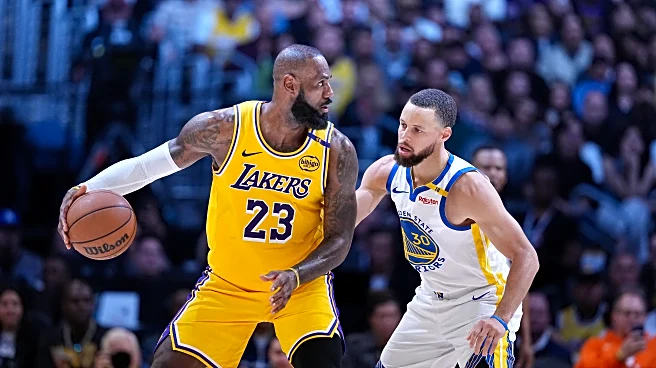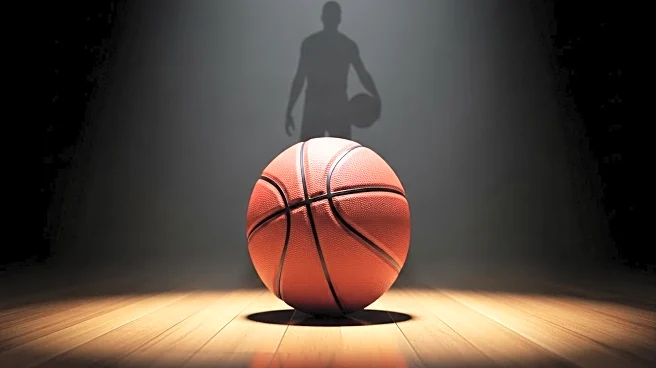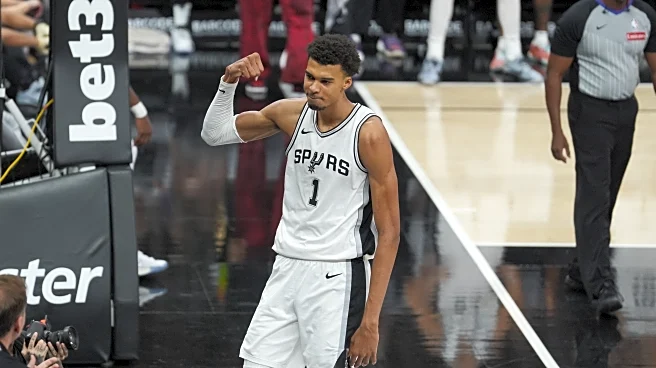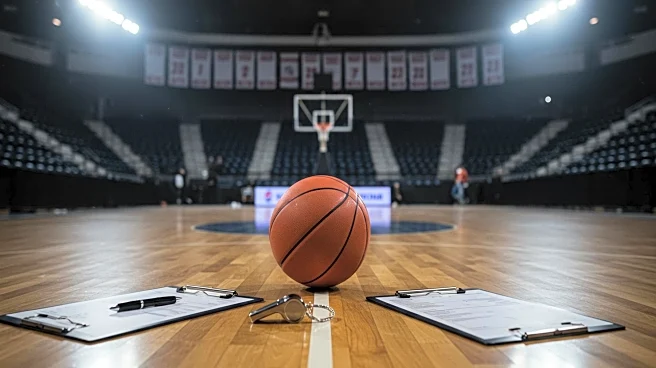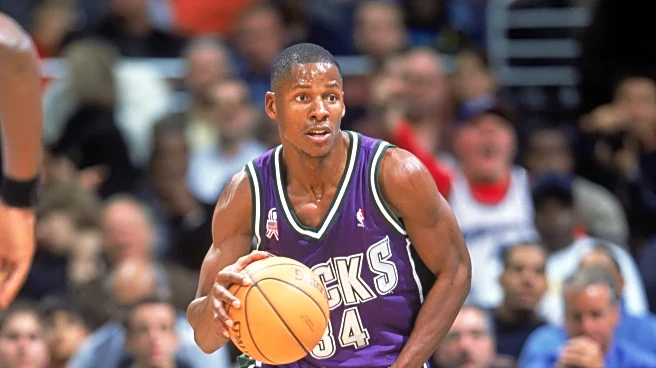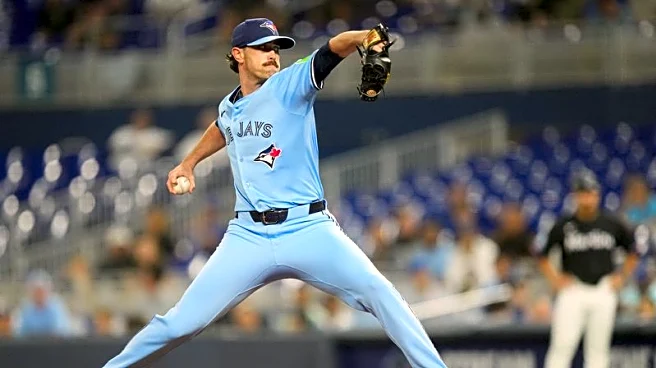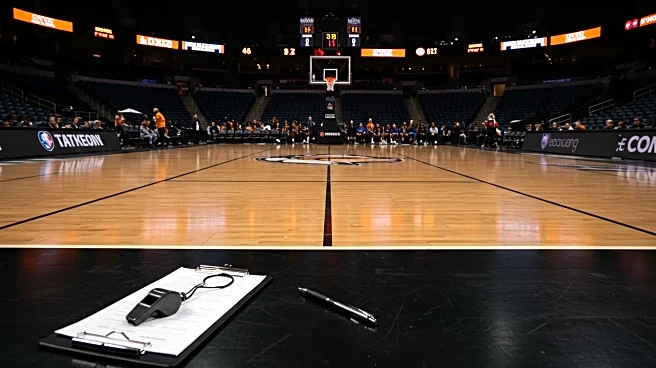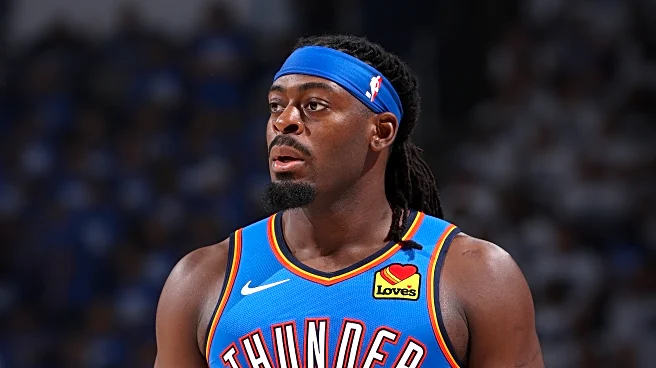
The NBA is full of stars. There’s an argument to be made that this generation of basketball greats is bigger, stronger, faster, and more skilled than any that has come before. Bob Cousy and George Mikan would have a hard time dealing with the likes of Victor Wembanyama and Kyrie Irving. Even Bill Walton might shake his head in wonder at Nikola Jokic.
If this is so, why are we noticing the new generation of stars less? That’s the subject of today’s Blazer’s Edge Mailbag.
Hey Dave,
I’m hoping you can
place the current era of NBA basketball in context for me because I feel like I’m missing something.
As LeBron, Steph, and Jokic age, it doesn’t feel like there’s anyone stepping up to take their place. I get that SGA, Wemby, and others are good, but are they poised to stand toe-to-toe with the future HoFers that are nearing retirement?
I ask because I can’t shake the feeling that there is opportunity for a Cinderella story. The teams at the top seem very mortal, which is a far cry from seasons past when you could pencil GSW or LAL or BOS in for another championship, and the season played out like a music box.
Is this primacy bias? As a person who grew up with Michael Jordan on the Wheaties box, are my expectations for greatness warped, or do you also see the lack of totally dominant stars as a sign that a plucky squad who catches lightning in a bottle can win it all this season?
Optimistically,
Adam
We’re really conflating two separate things here: the reign of superstars and the reign of teams. One is at an all-time high, the other at its lowest point in five decades. Both matter when it comes to this question.
When you’re talking about superstars in 2025, you have to factor in longevity. Michael Jordan played 15 NBA seasons, but only 13 functionally as the face of the association. (His coda in Washington was a curiosity more than a victory parade.) Magic Johnson played 13 years, 12 in his prime. Larry Bird also played 13. The next generation of stars played longer. Tim Duncan suited up for 19 years, but 5 of the last 6 were modest, leaving him 14 at or near his peak. Shaquille O’Neal had 19 tours, fading during his final 5 as well. The story repeats in various ways for Hakeem Olajuwon, Dirk Nowitzki, Allen Iverson, Charles Barkley, and Steve Nash.
In order to find huge stars with supreme longevity, you have to lift up Karl Malone and Kareem Abdul-Jabbar. They’re the two shining examples of MVP-level players exceeding 14-15 years of service full force with all the accompanying panoply and notoriety. Kobe Bryant played 20 seasons but his last three were shortened and inefficient. Other than that, the cupboard is pretty bare.
Until you get to this generation, that is. The story has changed.
LeBron James just completed his 22nd NBA season. Kevin Durant is still going strong in his 17th. Steph Curry has played only 16. Production differentiates all of them from their forebears. Each one has a multi-year All-Star streak going. All of them averaged 24 points or more per game last year. They’re producing at a high level farther into their careers than all but the most iron-clad of past superstars.
For perspective, LeBron’s first NBA MVP season came in 2009, 16 years ago. That’s the entire career of some of the players we mentioned above, the functional career of almost all of them. Durant won his first MVP in 2013, Steph in 2014. More than a decade later–longer in James’ case–they’re still the hottest shooter, the hottest free agent candidate, the hottest player on the league’s biggest marquee team. They’re Olympians, jersey sellers, fantasy league first-rounders and national broadcast keystones.
Given that, where’s the room for the next generation to rise?
They’re doing it. Shai Gilgeous-Alexander scored 33 points per game last season while hitting 52% from the field. That’s Jordan-like production with Shaq’s percentage. Giannis Antetokounmpo also topped 30 per game. Anthony Edwards put up 28. There’s an argument to be made that all three have enough talent and flair to stand with the greats. But the elder generation hasn’t left the building yet so we don’t notice as much, even though the younger has overtaken them in production and impact.
A few peculiarities rear their heads here. Modern sports training and medicine outpace the practices back in the day. LeBron’s generation has had a chance to play longer than their predecessors did in part because many of them have been eating chicken breasts and supplement blends since they were 20 while the ancients grabbed hot wings and shakes on the plane. Training is professionalized and individualized. Medical experts are quicker to hold out players with injuries. Surgical options and rehab procedures are more advanced. Experts advocate the benefits of rest. 82 games, or even 72, is no longer the standard expectation. LeBron went five seasons without reaching 70 recently. Curry had 6, Durant 5 of his last 6. They have fewer back-to-backs and play in fewer still.
Shifting to the team perspective, I don’t think it’s coincidental that Gilgeous-Alexander, Edwards, and Antetokounmpo all play for relatively obscure franchises. Other than Malone, everybody we mentioned above played in a big, or at least hot, market for much of their career. Minnesota, Milwaukee, and Oklahoma City are not huge draws. It’s possible to make a team good–even great–there but hardly get noticed.
Curry provides the closest analogy to the situation of the Lost 3 stars of this generation. He rose to prominence in fairly-anonymous Golden State. But how did he do it? Individual talent certainly played a part, but shooting just as well in Atlanta or Washington would have left him closer to Joe Johnson or Bradley Beal. Steph became known by a single name because he led the Warriors to a dynasty.
Because of the current environment, Shai, Anthony, and Giannis don’t have that same opportunity. It doesn’t matter how good they are. In the Parity Era, they’re not going to win four titles in five years. They don’t have the same success synergy that Curry and LeBron have enjoyed…to some extent even Durant as he got the rub from Golden State, though less so.
If Oklahoma City goes on a generational run, I believe you’ll see Gilgeous-Alexander take on the mythical aura that surrounds the greats. Until then, we have not just the memory of Steph doing so and LeBron visiting the Finals for dozens of years, we have those actual players right in front of our eyes. Like middle-aged dads who always reach for the oldies before today’s hits–and don’t miss that people who grew up with LeBron and KD are largely middle-aged now; the next generation has not had their voice heard yet on NBA stardom–we’re going to give a familiar response to “what’s good?” rather than stretching to find the next thing.
In short, it’s perfectly possible that the next generation of stars is here and is excelling right in front of our eyes. They’re the lightbulb on the side table. We’re still looking at the chandelier. It doesn’t matter if they’re burning at 80 watts and the fancy bulbs at 60, we’re going to notice what’s central to us first. Until that changes–or we pass and make way for a new set of fans–we’ll be repeating the refrain that our parents and grandparents uttered before us. “It’s just not as good as it used to be.”
Thanks for the question! You can always send yours to blazersub@gmail.com and we’ll try to answer as many as possible!
